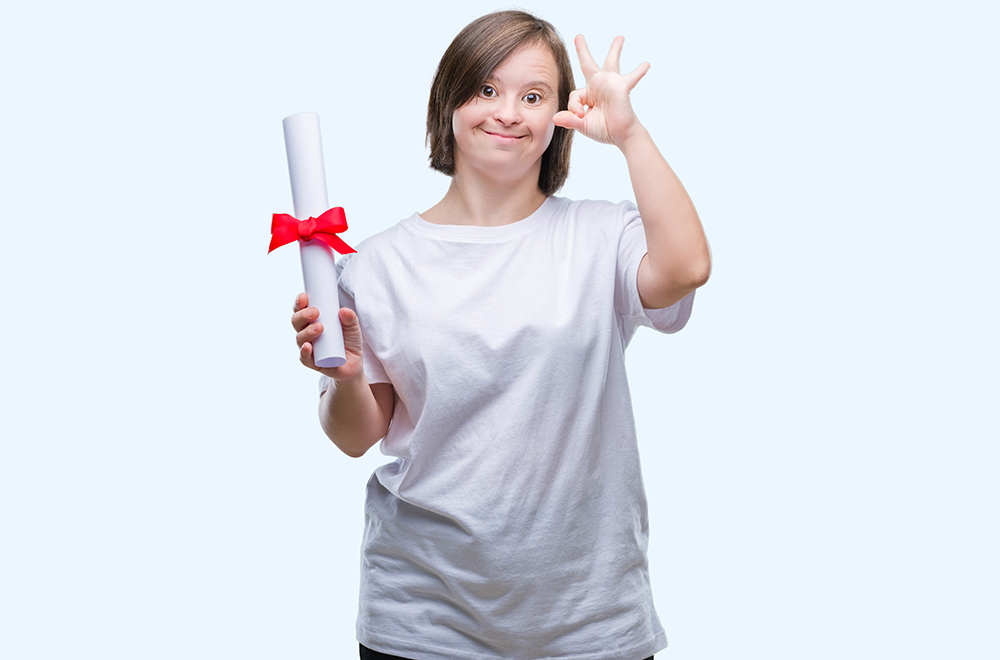There have been improvements in some education outcomes for people with disability along with a decline in the number of people with a disability, according to a new report by the Australian Bureau of Statistics (ABS).
ABS Health and Disability Statistics program manager, Justine Boland said there has been an increase in the number of people with disability, aged 15 years and over, with a higher education qualification.
“The survey showed that 16.1 per cent of this group had a bachelor degree or above in 2018, up from 14.9 per cent in 2015. And more completed year 12 in 2018, 33.4 per cent, compared to 31.4 per cent in 2015,” she said.
However as a group, Australians with disability did not see improvements across all areas and experienced lower outcomes compared to those without disability.
”For example, the labour force participation rate for people with disability aged 15 to 64 has remained stable since 2015 in contrast with increased participation rates for people without disability. The 2018 survey also found that barriers to employment remain for many people with disability, with one-quarter of people with disability of working age permanently unable to work, similar to 2015,” Boland said.
However, despite labour force participation outcomes for those with disability remaining lower than for those without disability, the survey results did show a significant increase in people of working age with a profound or severe disability working full-time to 11.4 per cent in 2018, up from 7.9 per cent in 2015.
The survey also found that the overall rate of disability in Australia decreased in 2018 with 17.7 per cent of the population, or 4.4 million, living with disability, down from 18.3 per cent in 2015 and 18.5 per cent in 2012. This was driven predominantly by a decrease in females with disability and those aged 25 to 44 and 60 to 64 years. Disability prevalence was similar for males and females while 5.7 per cent of all Australians had a profound or severe disability.
And 23.2 per cent of people with disability reported a mental or behavioural disorder as their main condition, up from 21.5 per cent in 2015.
Other ABS data showed that 37.9 per cent of those aged 15-64 years said their main source of personal income was a government pension or allowance, down from 41.9 per cent in 2015; 59.7 per cent of people had their need for assistance fully met, down from 62.1 per cent in 2015; and 9.6 per cent aged 15 years and over had experienced discrimination in the previous 12 months because of their disability, up from 8.6 per cent in 2015.

